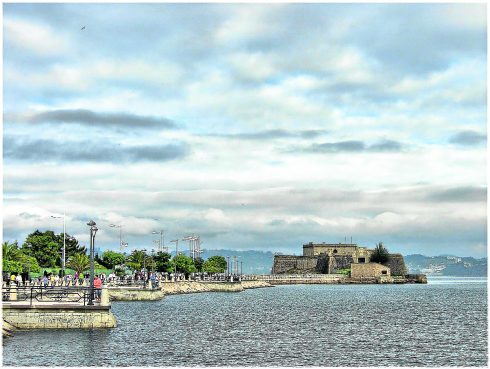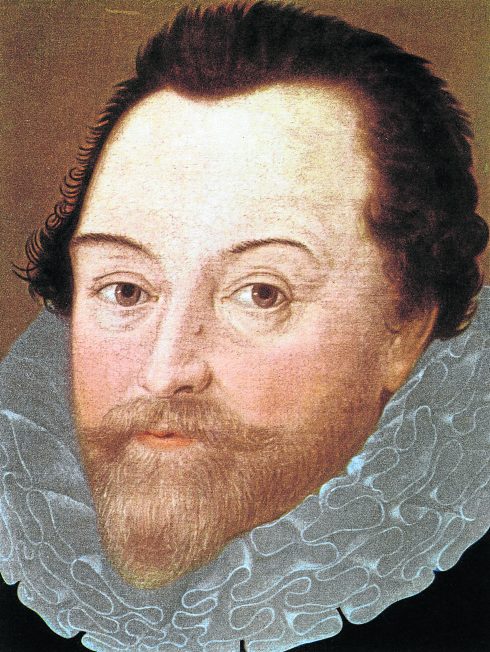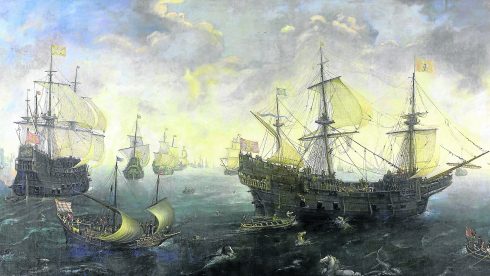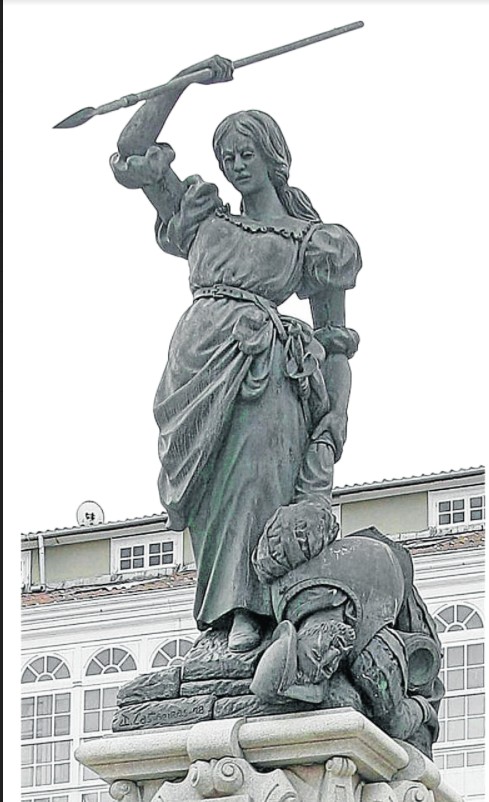ENVIRONMENTALISTS aren’t the only ones counting the days until the big scheduled O’Burgo Estuary clean-up in La Coruña.
Funding has been approved to dredge nearly 600,000 cubic metres of sediment from the mouth of the Galician port to improve drainage, current flow, water quality and shipping lanes.

However historians also have their beady eyes on what lies beneath the seabed which could show Sir Francis Drake’s Armada victory in a slightly less swashbuckling light.

It is the long-held belief that sunken English ships commanded by the British Admiral are buried in sediment at the entrance to the estuary.
If this is indeed the case, it could shed light on an overlooked chapter in Spanish history that has literally been buried by the sands of time. Hence, before the €8.5-million project begins, an environmental impact statement is being considered by La Coruña officials to safeguard potentially vital new evidence.
The subtext of the infamous defeat of the Spanish Armada is well known. The vastly superior ‘Invincible Navy’ of Spain was defeated in the waters off England by inclement weather, poor strategy and by faster, more nimble English ships under Drake’s command.
A year later, swelled by national pride, Sir Francis sailed to La Coruña to drive home the advantage of what he considered newly-acquired English naval dominance. His plan was to destroy what was left of the depleted Spanish Navy.
But things did not go well for Sir Francis, even though his fleet of 150 ships and 23,500 men greatly outnumbered the four Spanish galleons and 1,500 soldiers docked in the defenseless Atlantic harbour.
A heroic resistance by the Spanish troops and local militia held off the invading English while, according to legend, it was the women of the city who actually forced the retreat.
In one instance a woman named Maria Pita was assisting her husband in combat when he was killed by a spear. Full of rage, she snatched the spear and killed the attacker. The man was Admiral Drake’s brother.
Another woman instrumental in that battle was Ines de Ben. From her small metal shop, she was able to fashion weapons and ammunition. Wounded twice in the head and thigh, she heroically carried stone and sandbags to fortify the defensive positions.
In the harbour, Spain’s galleons were able to trap, and later sink, an undetermined number of ships near the entrance to the estuary.

Retreated
Drake retreated demoralised. Artifacts such as cannon balls, dishes, coins and a 2.5 metre English brass cannon have been salvaged but location, the timeline, and other details have become unclear over the past 450 years.
After failing to deliver the knockout blow to the Spanish Navy at La Coruña, Drake went on to Lisbon where he was unable to stir up a Portuguese uprising against Spain.
In a last-ditch effort to establish English dominance in the Atlantic, he also failed to take the Azores and Spain remained a major naval power on the global stage for another 200 years.

The environmental impact report, authored by Arqueo-Atlantica Consultants, recommends that future dredging takes into account the ‘safeguarding of this heritage’.
The firm classifies the estuary as an ‘underwater area of great archaeological potential’. The hope is that the necessary environmental dredging work will work in concert with archaeologists to add to the historical record while also improving the O’Burgo Estuary environment.
A statue of Maria Pita dominates La Coruña’s central plaza. As she looks down on her beautiful city and harbour. My guess is that she, too, would agree with those sentiments…
READ ALSO:
